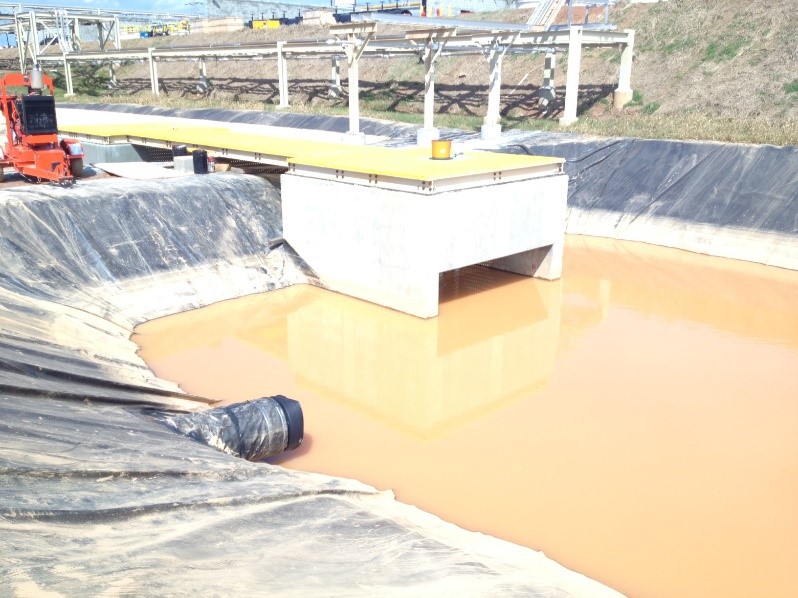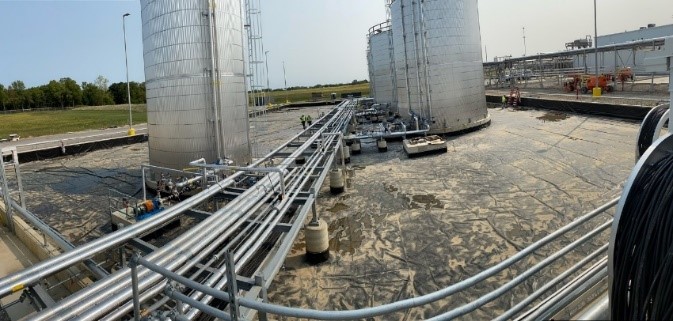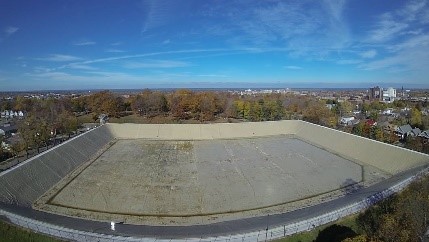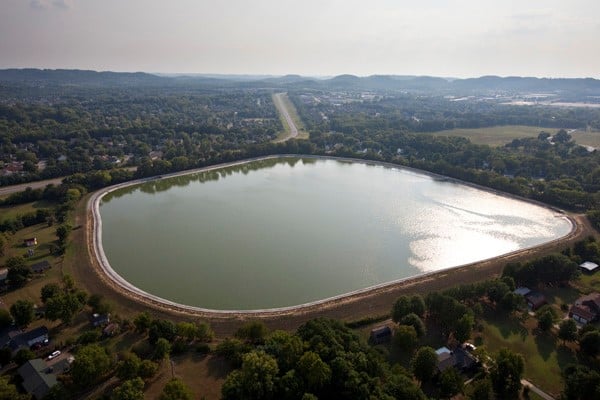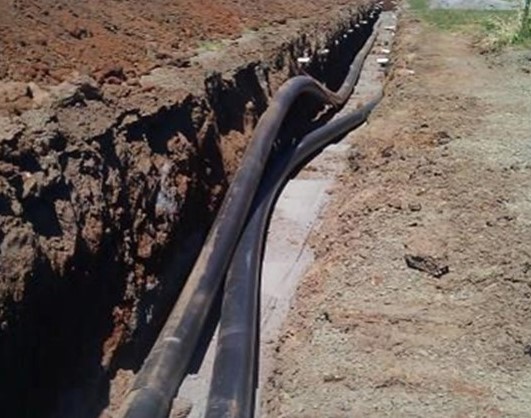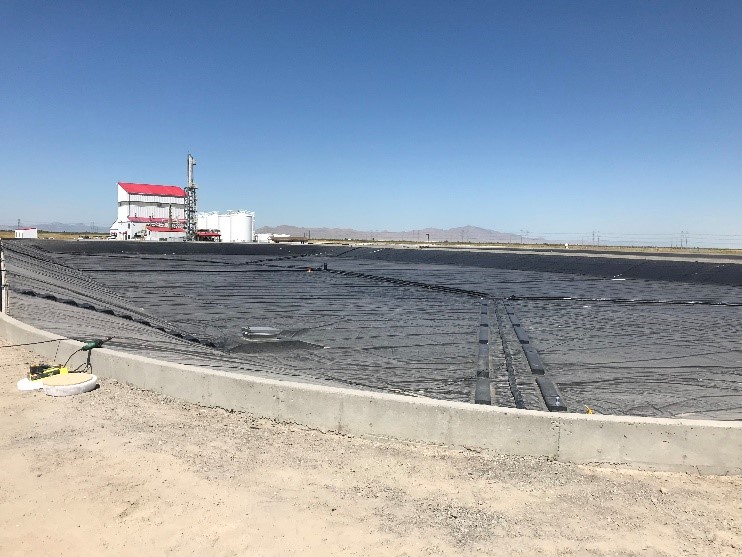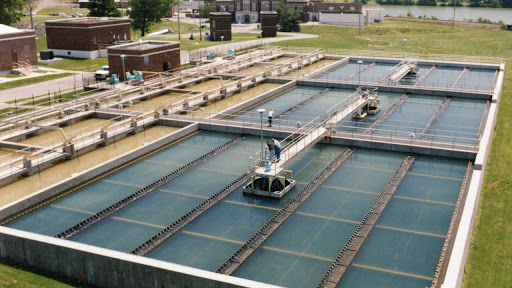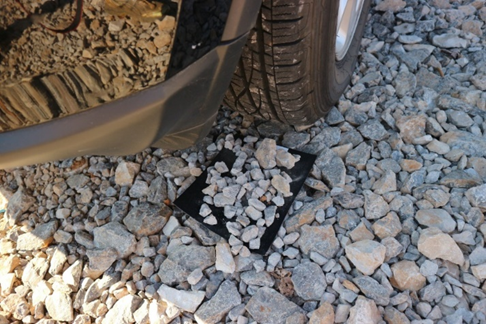Three-Part Series: Understanding and Assuring Proper Geomembrane Chemical Resistance
Part 1: Top Reasons Chemical Resistance Is a Very Important Geomembrane Property
In this series, we’ll take a look at why chemical resistance decisions are important, what industry data means and the best ways to properly evaluate geomembrane chemical resistance performance.
Effective planning and management of bulk petroleum storage tanks are critical to environmental protection. To contain potential spills and leaks, these tanks must be surrounded by berms—usually earthen, if configuration allows. Some engineers may not be aware of the compelling reasons geomembranes can be the best and most cost-effective choice for secondary containment. Other options occasionally considered are:
Potable Water Series: How Geomembranes Help to Improve Quality, Lower Costs and Increase Efficiencies in Water and Wastewater Treatment
Municipal water and wastewater systems are considered to be one of the costliest assets for municipalities to maintain. Potable water safety and quality is not only a priority, but it is also a highly regulated necessity. In this four-part series, we’ll cover drinking water treatment processes, water sourcing, water distribution and how geomembranes can help improve quality, lower costs and increase efficiencies.
Potable Water Series: How Geomembranes Help to Improve Quality, Lower Costs and Increase Efficiencies in Water and Wastewater Treatment
Municipal water and wastewater systems are considered to be one of the costliest assets for municipalities to maintain. Potable water safety and quality is not only a priority, but it is also a highly regulated necessity. In this four-part series, we’ll cover drinking water treatment processes, water sourcing, water distribution and how geomembranes can help improve quality, lower costs and increase efficiencies.
“UV Resistance” is a term that applies to the effects of ultraviolet light and is often implied when claiming resistance to the effects of UV-induced thermal resistance. In fact, there are three areas that are influenced by ultraviolet light and/or heat induced from sunlight that often seem to be described in that manner.
Every four years, the American Society of Civil Engineers (ASCE) releases a report on the state of infrastructure in the U.S. The report is in the form of a report card with an A to F grade and includes details on the overall grade in the 17 supporting categories. The 2021 report card has been released and for the first time in 20 years the new grade is a C-. The previous overall grade was a D.
While investment has increased in the last 10 years, ASCE estimates that from 2020 to 2029, only just over one-half of the $1.04 trillion needed for the water sector (Drinking Water/Wastewater/Stormwater) has been allocated.
Of the 17 categories that make up the report card, several of them have extensive uses for geomembranes. To follow are the five critical areas where geomembranes can be cost-effective alternatives to other solutions.
Kingsley Field in Oregon Uses Seaman XR-5 for Fuel Tank Containment
Application Snapshot:
Installation: Kingsley Field ANG Secondary Fuel Containment
Location: Klamath Falls, Oregon
Purpose: Secondary Fuel Containment
Owner: Oregon Air National Guard
Solution: XR-5® Geomembrane by Seaman Corporation
Engineer: Tetra Tech
Fabricator: ACF West
Installer: ACF West
Date Installed: October 2020
Potable Water Series: How Geomembranes Help to Improve Quality, Lower Costs and Increase Efficiencies in Water and Wastewater Treatment
Municipal water and wastewater systems are considered to be one of the costliest assets for municipalities to maintain. Potable water safety and quality is not only a priority, but it is also a highly regulated necessity. In this four-part series, we’ll cover drinking water treatment processes, water sourcing, water distribution and how geomembranes can help improve quality, lower costs and increase efficiencies.
Part 2: Geomembranes in Drinking Water Treatment Processes
“Impermeable” is a common, assumed descriptor of a 21st century geomembrane. We use impermeable barrier materials because they are relied upon to prevent the passing of liquids when used in a variety of engineered projects where a barrier is necessary. Geomembranes are specified for these projects because they are lightweight, easy to install, cost-effective and reliable. To ensure you are selecting the right geomembrane for the application, it’s important to look at testing results for vapor/solvent transmission and puncture resistance, as well as real-world performance.

